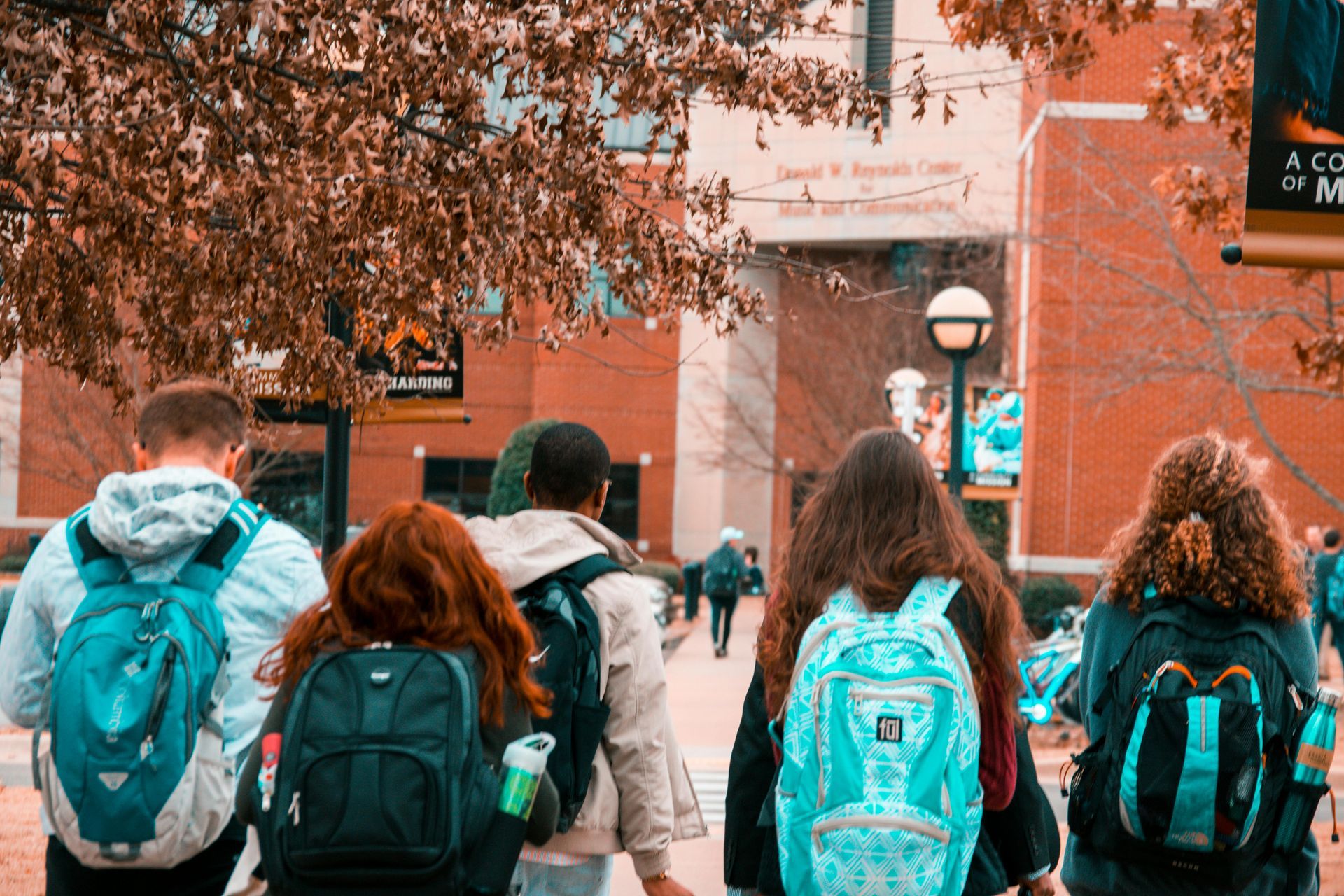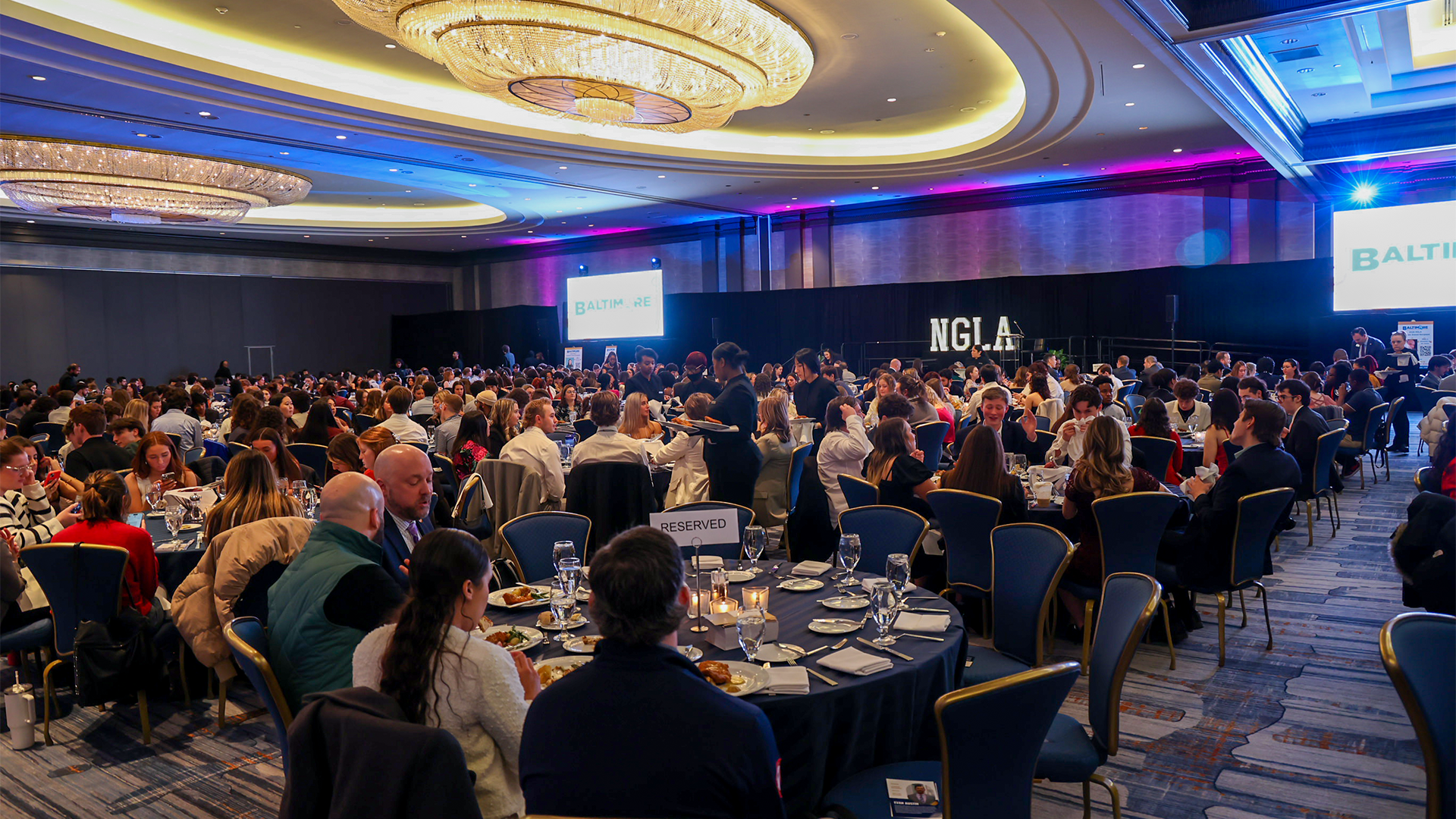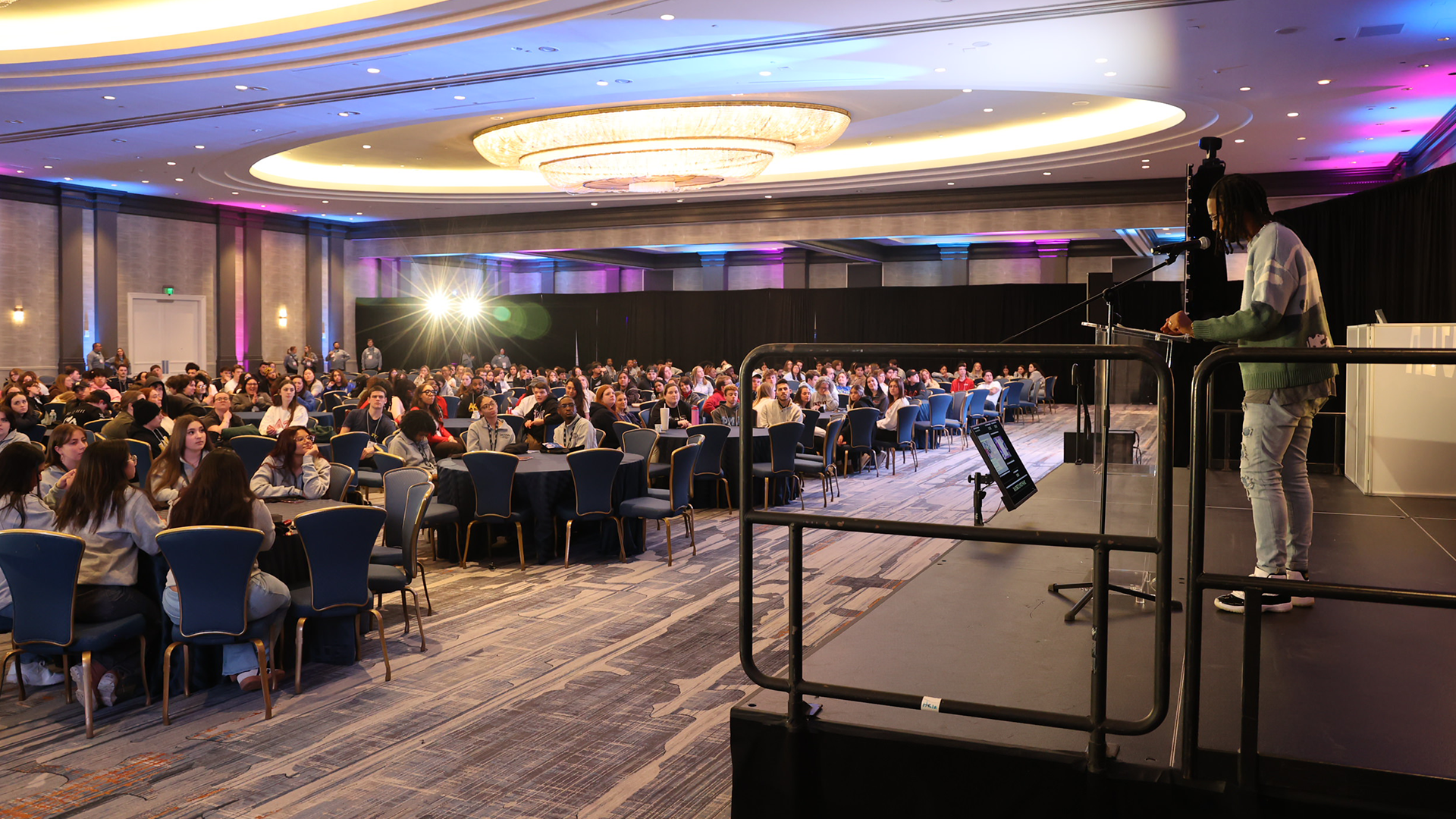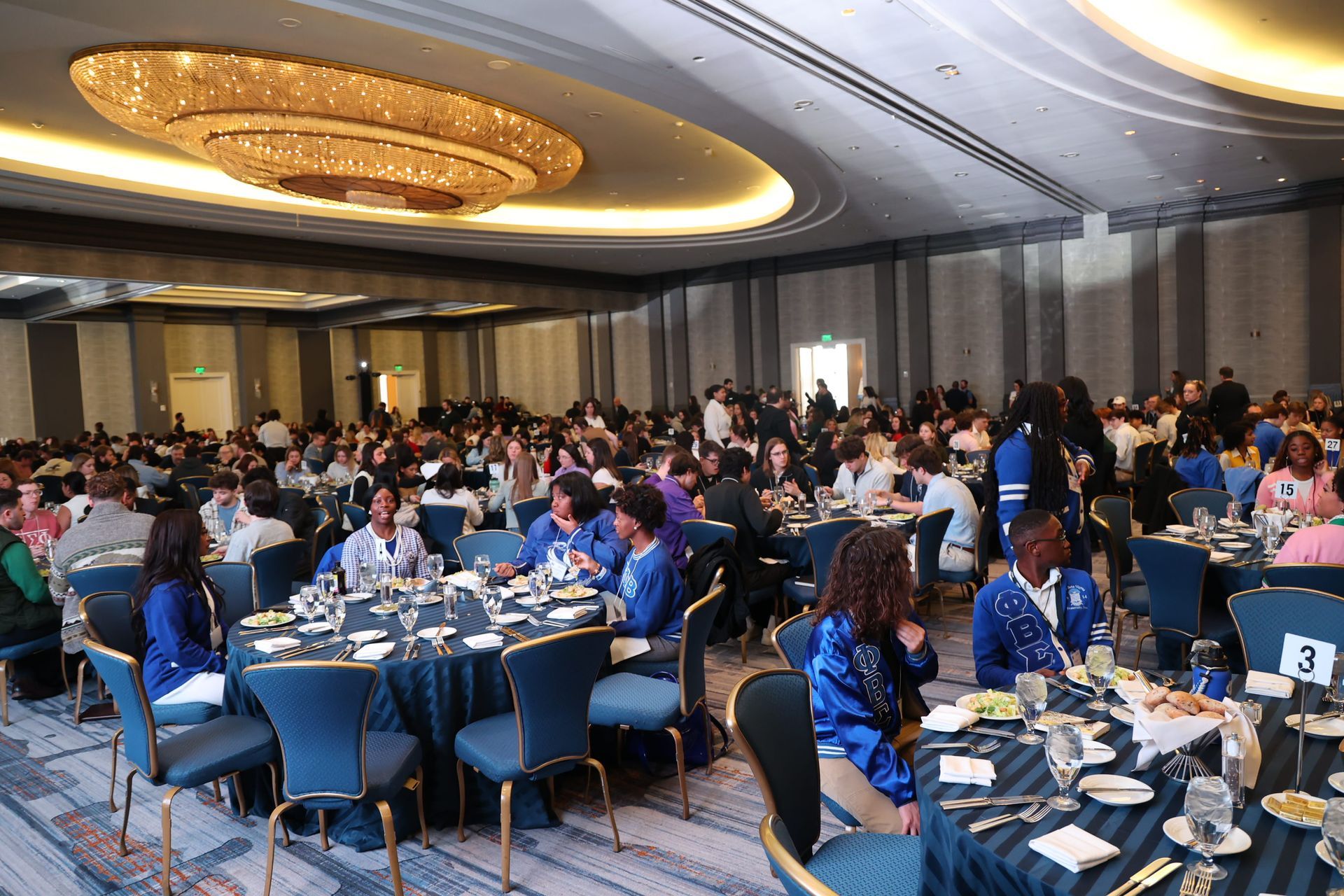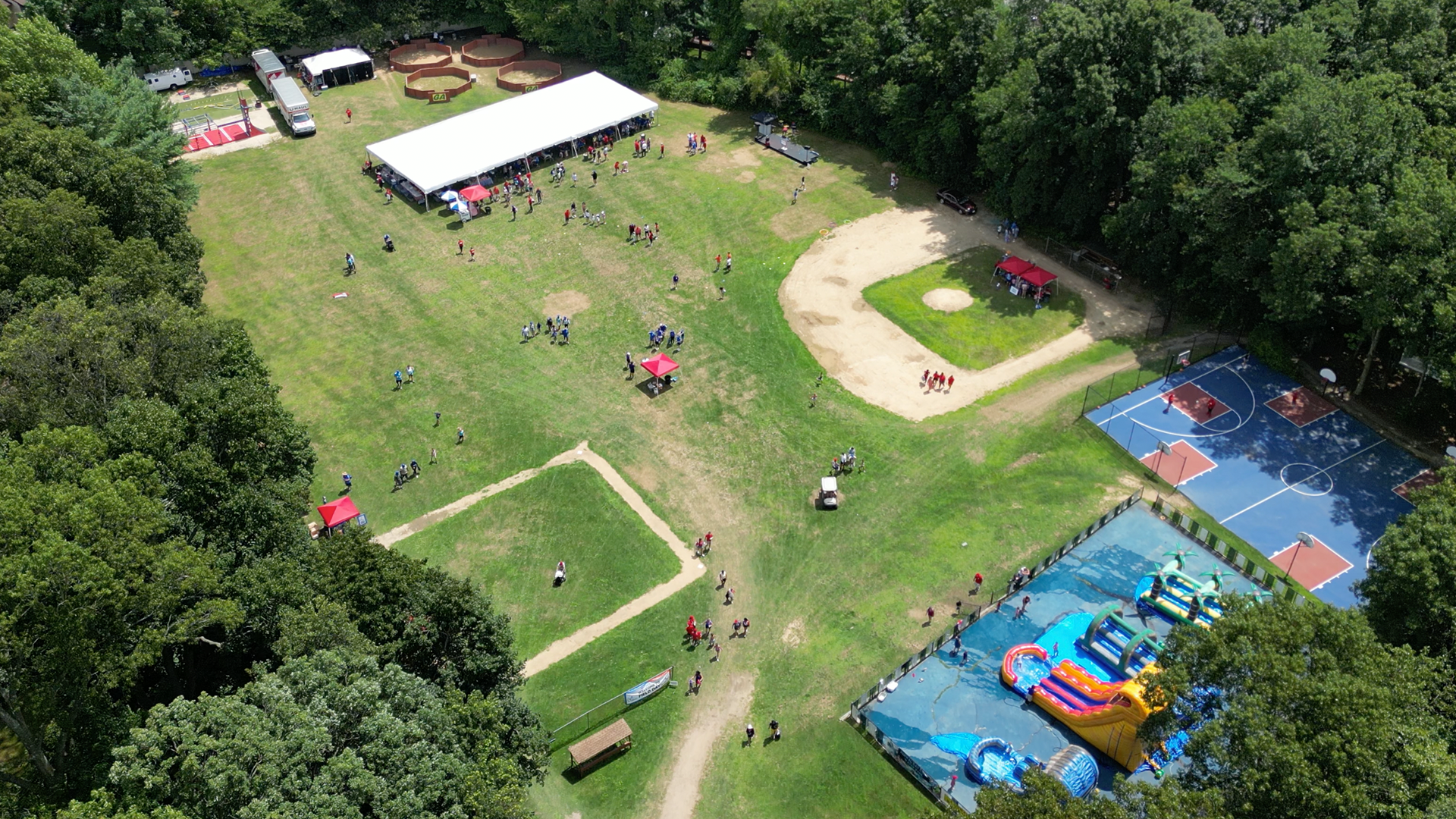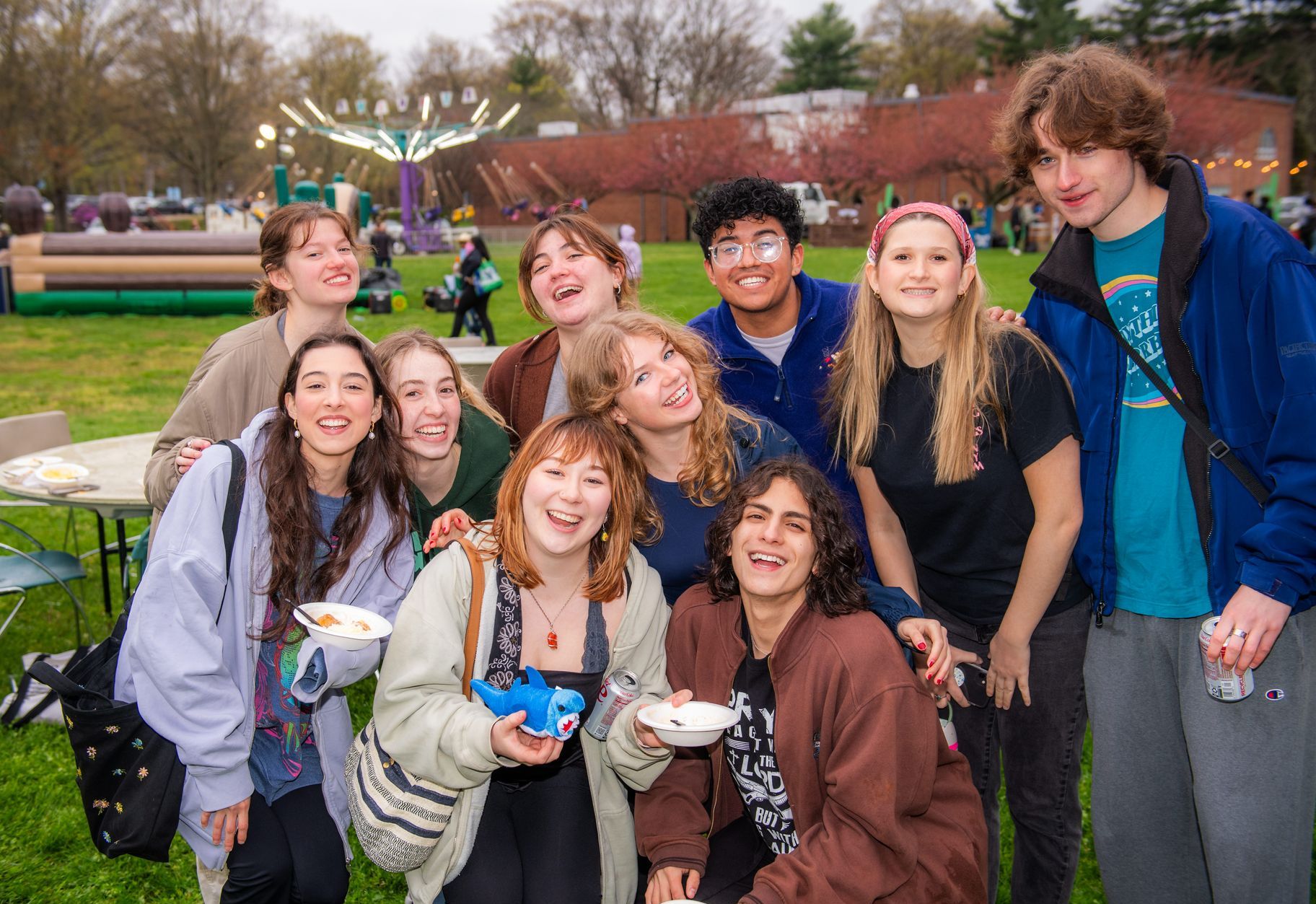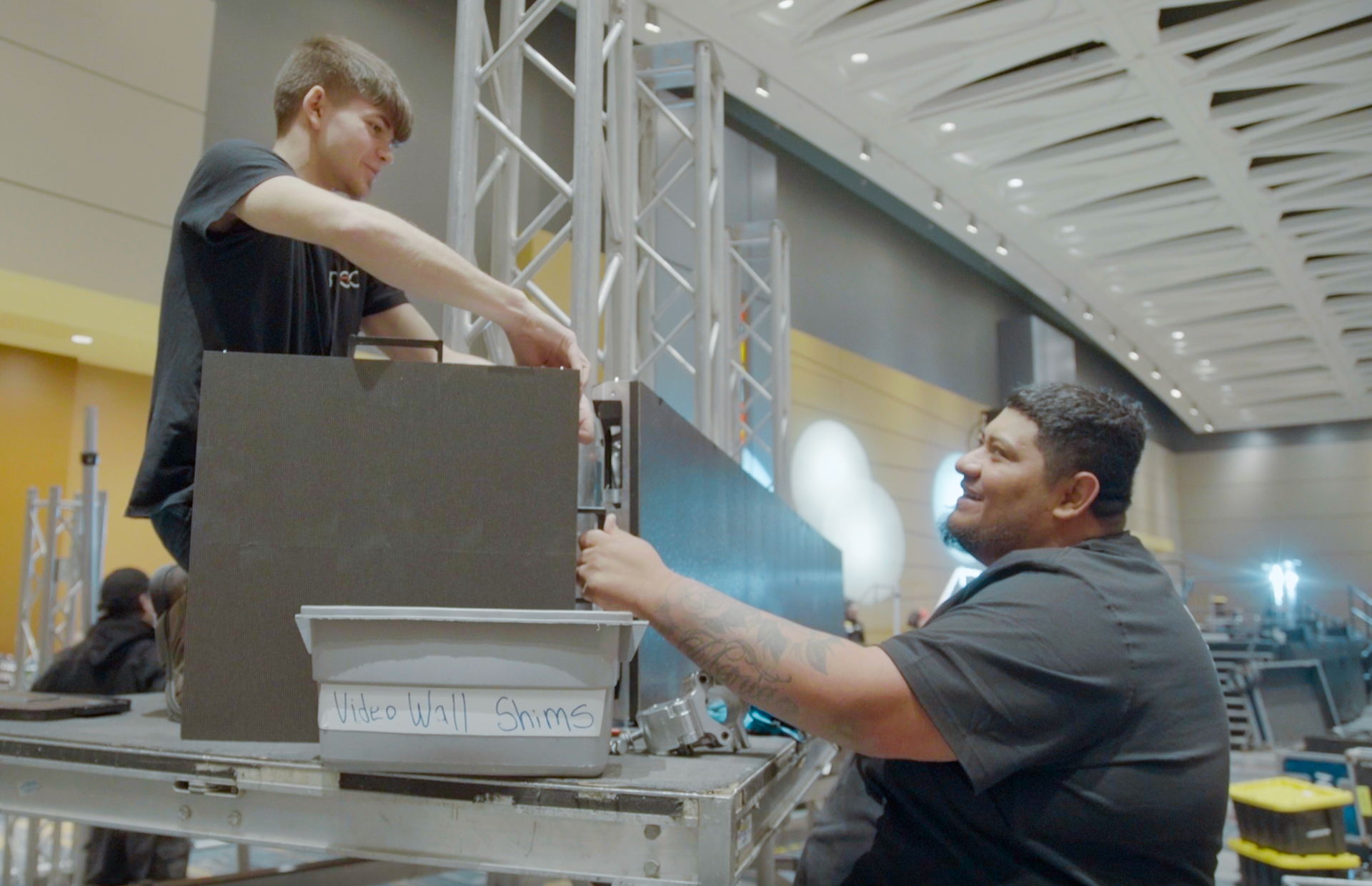The Ultimate Festival Planning Checklist
Introduction to Festival Planning
Planning a festival is an exciting yet complex undertaking that requires a detailed and organized approach. From defining your vision to executing each component, every step plays a crucial role in the event's overall success. The process involves not just creativity but also logistical precision, ensuring that all elements—from permits to talent booking—align seamlessly. Proper planning can transform an idea into a memorable experience that delights attendees and fulfills your festival's goals.
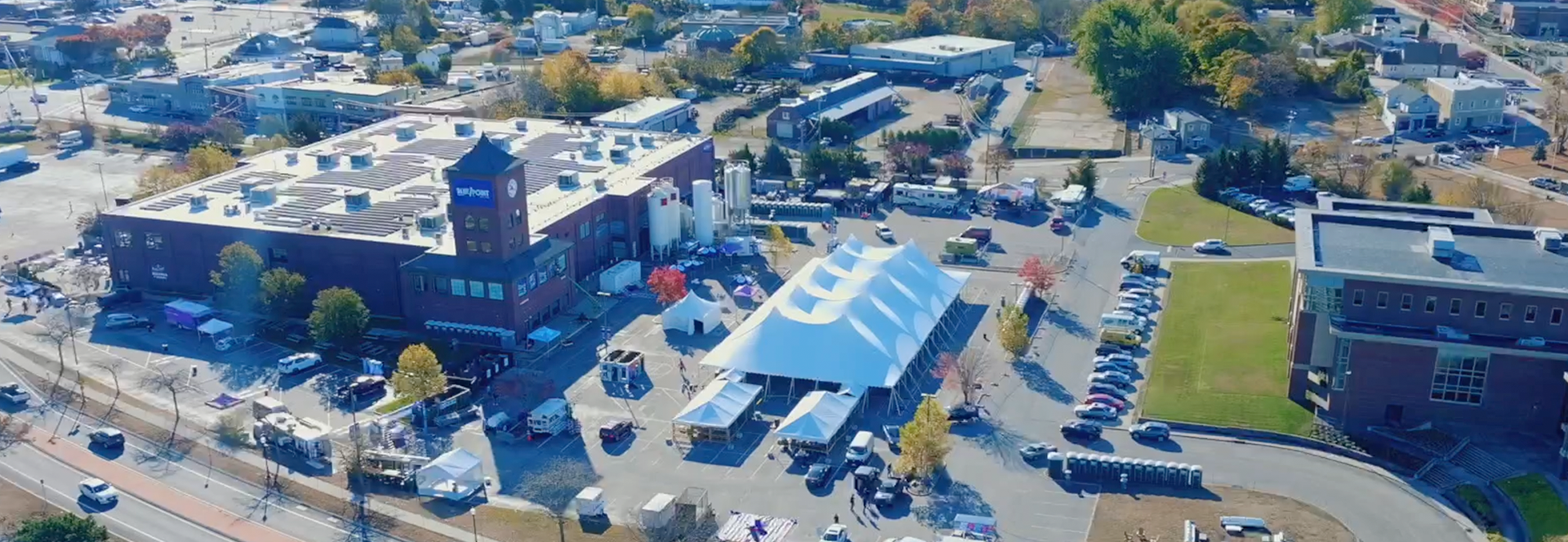
Pre-Planning Guidelines and Overview
Identifying your festival's primary goals and target audience is essential before diving into logistics. Establish a timeline with key milestones, from initial planning to the event day, to stay organized and on track. A well-structured budget is also crucial—allocate funds to entertainment, safety, venue, and other key areas to manage resources effectively and avoid overspending. Break down each category and determine where you can save and where investment is necessary. Prioritize tasks to ensure that critical elements are addressed first, and create contingency plans for potential issues. An organized approach from the start will set the foundation for a successful festival.
Permitting and Legal Requirements
Securing necessary permits and approvals is crucial for maintaining order and safety during your festival. The cost of obtaining these permits can range from $1,000 to $10,000, depending on local regulations. Always plan for liability insurance to protect against unforeseen circumstances, as this is an essential part of the legal considerations.
Additionally, you must adhere to local noise ordinances, health codes, and safety guidelines. Each city or county may have specific requirements, so it's essential to consult with local authorities early in the planning process. This ensures you meet all deadlines and avoid any last-minute surprises.
Venue Procurement
Choosing the ideal venue is critical for a festival's success. Focus on capacity, location, and accessibility to ensure the venue can handle the expected crowd and is easily reachable for attendees. Visit potential sites to assess their suitability and gather first-hand information about their logistics and layout. Consider amenities like parking, public transportation links, and nearby accommodation options to enhance the overall experience for festival-goers. The venue should also offer flexibility to accommodate various stages, vendors, and other festival components, allowing for a seamless integration of all planned activities. Ensure the venue's infrastructure can support the technical requirements, such as power supply and internet connectivity, necessary for the event's smooth operation.
Safety and Essential Arrangements
Ensuring the safety and comfort of attendees is paramount. Begin by hiring qualified security personnel and installing barriers to manage crowd control. Having paramedics and a first-aid tent on site is also vital to ensuring the safety and wellness of all attendees. Arrange for adequate restrooms, including accessible options, to meet diverse needs. Water stations are essential, especially during warm weather, to keep everyone hydrated. Depending on the climate, consider providing tents or shaded areas to offer relief from sun or rain. Clear signage can help guide attendees to these essential services, enhancing their overall experience. Effective communication with local emergency services will also ensure that you're prepared for any unexpected situations.
Arranging Food Vendors
Offering a diverse range of food options is crucial to cater to the varied tastes of your audience. Food trucks can provide a variety of cuisines and quick service, creating an inviting atmosphere. Additionally, collaborating with local vendors adds a unique touch to your festival. This approach supports the community and introduces attendees to new culinary experiences. Ensure that food vendors comply with health and safety regulations, and have necessary permits. Arrange the layout to minimize long lines and wait times, and consider providing seating areas where attendees can comfortably enjoy their meals. This setup can greatly enhance the overall experience, making the food offerings a highlight of the festival.
Audiovisual Needs
For a festival's audiovisual setup, it's essential to select equipment that matches the event's scale and audience size. Sound systems should provide clear audio to all attendees, while staging should be robust enough for the planned performances. Incorporate large screens to ensure everyone can see and engage, especially in bigger venues. It's beneficial to work with a reputable audiovisual production company to handle the setup and technical aspects. They can offer expertise and high-quality equipment, ensuring that the visual and auditory elements of your festival enhance the overall experience.
Booking Talent
Understanding your audience's preferences is key when booking talent. Strive to secure a mix of opening and headlining acts that resonate with attendees while staying within budget. Keep in mind that booking high-profile artists can often exceed $50,000, so budget accordingly.
Balancing popular acts with emerging artists can offer a diverse lineup that appeals to a broad audience. Consider the genre, performance style, and overall vibe to match the festival’s theme. Collaborate with agents and use industry connections to negotiate favorable deals. Be prepared for potential changes or cancellations and have backup options in place. Remember to coordinate with your audiovisual team to ensure technical needs are met for each act. Securing the right mix of talent will create a memorable experience for your audience, driving engagement and satisfaction.
Ticketing Systems and Logistics
Implementing an efficient ticketing system ensures a smooth festival experience for attendees. Opt for a user-friendly platform that offers both digital and physical ticket options to cater to diverse preferences. It's essential to integrate secure payment gateways to protect financial transactions. Coordinate logistics meticulously to manage entry points and crowd flow, minimizing wait times and bottlenecks. Employ advanced technologies like RFID wristbands for seamless access and real-time tracking of attendee movement. This can also facilitate cashless payments for food, beverages, and merchandise, enhancing the overall convenience for festival-goers. Ensure your ticketing system can handle varying levels of demand to prevent crashes during peak sales periods. Also, plan for contingencies such as inclement weather or technical issues, ensuring that backup systems are in place. Staff training is crucial; equip your team with the necessary skills to handle ticketing inquiries and resolve issues promptly, contributing to a positive experience from the moment attendees arrive.
Additional Entertainment Options
Adding diverse entertainment options like games, inflatables, rides, and photo ops can significantly enhance the festival experience. These attractions not only engage attendees of all ages but also add an extra layer of excitement and enjoyment. Consider interactive installations or virtual reality experiences to captivate tech-savvy festival-goers. Face painting, photo booths, and craft stations can provide fun activities for families and children. When selecting entertainment options, ensure they align with your festival's theme and audience preferences. Properly space these attractions to avoid congestion and allow for smooth crowd flow. By offering a variety of activities, you can keep attendees entertained throughout the event, encouraging longer stays and repeat attendance.
Obtaining Sponsors
Sponsorships play a vital role in funding and enriching your festival. Start by identifying potential sponsors whose brands align with your event’s theme and audience. Local businesses, especially those connected to the community, often make great partners. Craft personalized proposals that highlight the mutual benefits of sponsorship, such as brand visibility and engagement opportunities. Offering tiered sponsorship packages can cater to varying budget levels, ensuring inclusivity for different businesses. Include options for logo placements, booth spaces, and mentions in promotional materials. Collaborate with sponsors to create unique activations that can enhance the attendee experience while promoting their products or services. Regular communication and updates to your sponsors will foster a strong relationship and can lead to long-term partnerships.
Marketing Your Festival
Creating an effective marketing strategy is essential for attracting attendees to your festival. Start by leveraging social media platforms to build anticipation and engage your audience. Develop a content calendar that includes regular updates, behind-the-scenes looks, and exclusive previews to keep your followers interested. Collaborate with influencers who align with your festival's theme to expand your reach. Email marketing can also be an effective tool; send targeted campaigns with personalized messages to your subscriber list. Partnering with local media outlets for coverage and advertising can further boost visibility. Offering early bird discounts or limited-time offers can create a sense of urgency and drive ticket sales. Utilize compelling visuals and videos in your promotional materials to capture attention and convey the festival's unique vibe. Consistent and strategic marketing efforts can significantly enhance the buzz around your event and ensure strong attendance.
Conclusion and Feedback
Reflecting on the festival's outcome is crucial for identifying strengths and areas for improvement. After the event, conduct a thorough debrief with your team to discuss what went well and what could be enhanced. Collect feedback from attendees through surveys and social media channels to gain insights into their experience. Analyzing this feedback can inform future planning and help you adapt to evolving audience expectations. Consider creating a detailed report that includes attendance numbers, financial summaries, and key takeaways. This documentation can be invaluable for securing future sponsorships and guiding subsequent festival projects. By fostering a culture of continuous improvement, you can elevate the quality of your festivals, ensuring they become anticipated events in your community.
